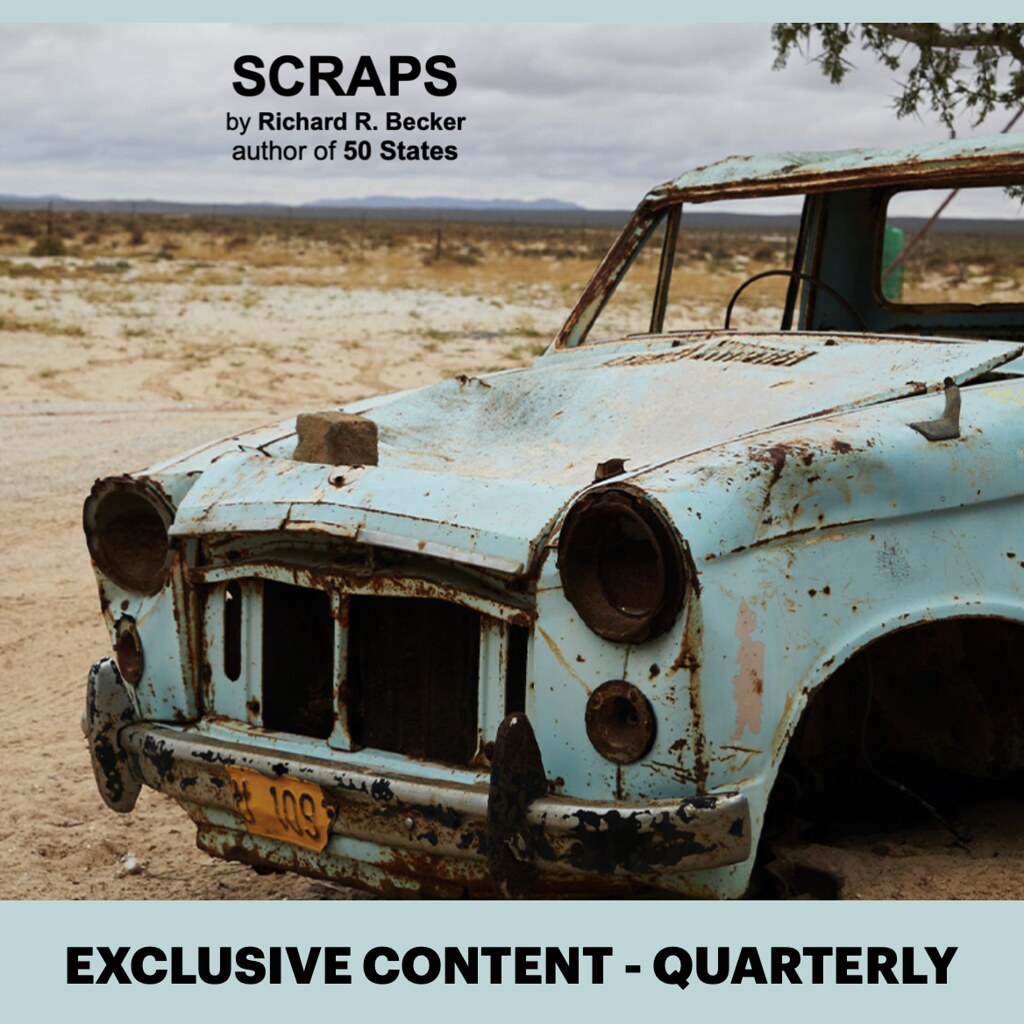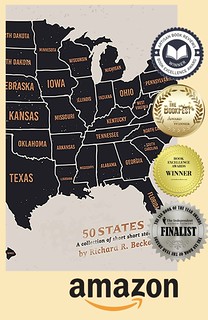"Do you really want to do that?"
"Yes," I said.
As an executive, it didn't make any sense to her whatsoever. Why would a guy with mile deep resume as a strategic communication consultant and A-list marketing and advertising copywriter start over as a fiction writer? It might be nice to write something for myself for a change, I said. For the last 30 years, I've only written for other people.
That's what I told her. But the answer is a bit more complicated, one with several answers that depend upon how the question is framed — including that old standby many authors have. It's an itch that needs to be scratched.
Why do you love writing fiction?
Initially, it was really about telling stories. Storytelling is so important in our lives. Once a child's basic needs are met, the next step in their development is to hear a story. "Tell me a story," they ask and ask.
I was no exception. I always asked for stories. And as soon as I was old enough, I starting telling stories too. I had a story about everything. My stuffed animals had backstories. My play activities (like army men) had back stories. The games I made up with friends had back stories. I told so many stories, my grandmother used to laugh about it. If you don't become an artist, she said, become an attorney.
Ironically, I wasn't a very good reader (or writer) despite my love for stories. All of my stories were illustrated, play acted, or verbal. It wasn't until I changed majors from psychology to journalism that I became a strong writer — good enough to have established a 30-year career after it became my go-to medium over art and illustration (which I'm trying to brush up and catch up on nowadays).
Right. That's a bit of a back story, but it doesn't answer the question. So here it goes.
Why do you love writing fiction?
More than any other form of writing, it seems that fiction empowers us to open up deeper conversations about life experiences. And, because fiction involves fictional characters, it creates a safe space to talk about those experiences because well-written stories involve us emotionally without requiring a personal expense. Ergo, we may be vested, but we have no skin in the game.
When fictional characters make decisions in the face of life-defining moments, we can agree with their choices or not, understand their paths or not, and make our own decisions about how we feel or what we might do too. When the story works, it can be a powerful experience.
But hey, why not nonfiction?
As a journalist and sometimes as a writer for the nonprofit sector, it wasn't uncommon for me to write about complex subjects, but the exercise is different. It's grounded in reality, with the story being told belonging to someone else. While these too can lead to powerful experiences, it's often without the ability to explore someone's pain or joy beyond the empathy we may or may not feel for them.
For example, several years ago, I developed a campaign about pool safety. We shared some stories with local newspapers, but the heaviest lifting was a series of print and radio advertisements.
What I learned then, as I know now, is that fiction hits different from fact. When people read about real life drownings, they often react with outrage toward whomever left the child unattended — often a flash-in-the-pan emotion. But when they experience it as a fictional story like the one we developed for radio, the award-winning spot just hit differently.
In the radio commercial, the narrator (a father) tells the story of a little boy who wanted to grow up to be a fireman. The little boy, the father continues, even bought him a fire truck — one that made so much noise (you know the ones) that it became annoying. The father even laughs before his voice cracks, lamenting how he misses that annoying siren now because his son, the want-to-be firefighter, fell in the pool while rescuing a toy and drowned.
There is no outrage. The listener feels the story as if it's their story, and it sticks because they feel the character's remorse as opposed to judging a neglectful parent. Even then, I was writing fiction.
There are no pool stories inside 50 States: A collection of short short stories, and I seldom, if ever, include a definite stance on any outcome like I did in the pool safety commercials. Often, just like life, there isn't any right answer in the decisions my characters make or how they cope with their decisions. And that's what I love about writing and reading fiction.

















